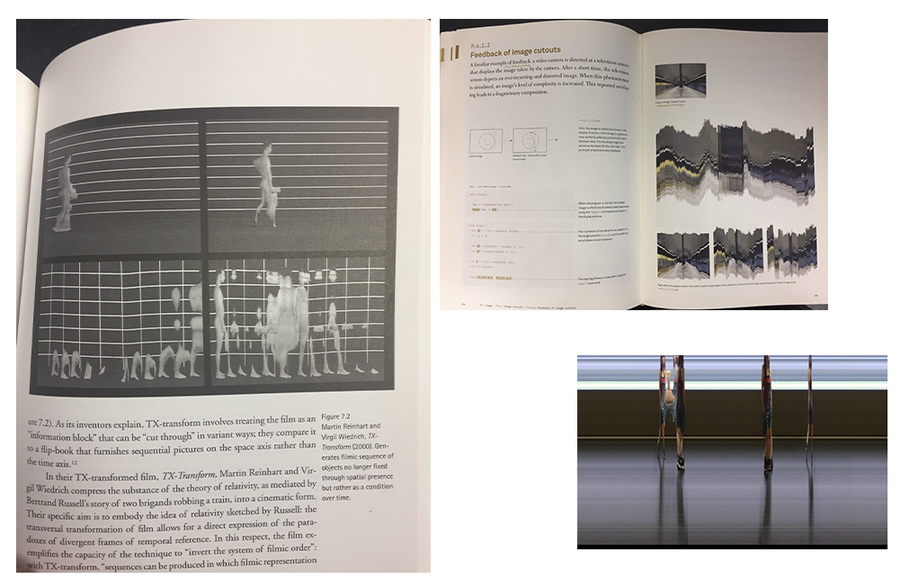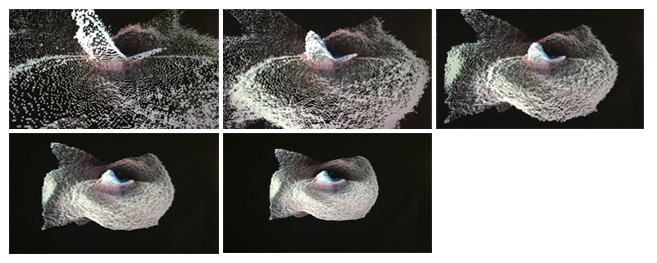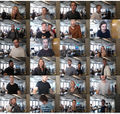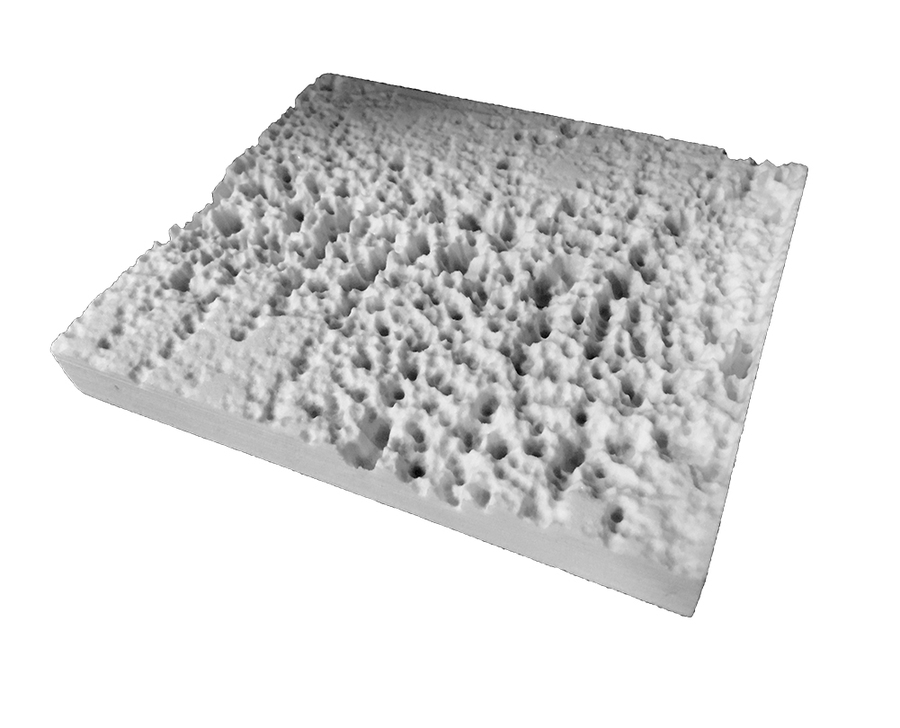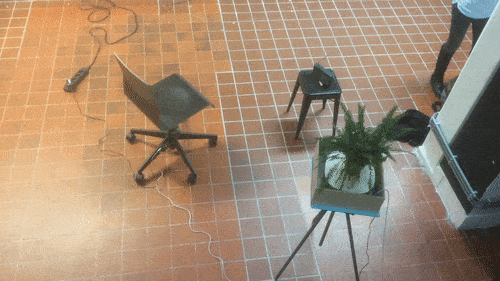Digital Craft Minor 2017 - How to be human
Contents
technology and the body
collaboration with Vera, Philip
http://neural.it/2017/07/the-digital-skin-series-the-stranger-in-my-face/
http://neural.it/2004/07/fenlandia-slow-pixels/
concept
We live in a digital era in which it is nearly impossible to stay anonymous. The digital world contains so many recources that are directly available. Especially the fact that the accessibility takes so little time is quite convenient. When a service has a large amount of users, it creates a feeling that the service can be used safely, and makes an individual blindly trust it. The desire to use a popular service as fast as possible in today’s time spirit, results in skipping to read the services’ terms and conditions. Besides, what harm can pressing ‘I agree’ actually cause? Somewhere in these conditions you will be protected, one would think. Somewhere in the back of your mind you know a few negative scenarios that have happened to a few unknown people. But in comparison to the fact that so many people use these services it would never happen to you. But should you really expose so much of your body, your identity, your brains, to the eyes of the whole world? The digital network and the amount of (personal) data is growing to extends we can not even imagine. And because of this unimaginable factor the awareness of our digital footprint we leave behind for eternity fades away. With the project of ‘I agree’ we want to raise awareness about this phenomenon of blindly accepting the terms and conditions of these services, and possible consequences. [edit]
Project in steps; A 'shot' will be taken,
Inhuman Factors / Sensitivity Training
Gij zult niet storen - EMP
Virtual sensor, Matlab - Motion-Based Multiple Object Tracking, The example shows how to perfom automatic detection and motion-based tracking of moving objects in a video from a stationary camera. Detection of moving objects and motion-based tracking are important components of many computer vision applications, including activity recognition, traffic monitoring, and automotive safety. The detection of moving objects uses a background subtraction algorithm based on Gaussian mixture models. Morphological operations are applied to the resulting foreground mask to eliminate noise. Finally, blob analysis detects groups of connected pixels, which are likely to correspond to moving objects.
'beyond own biological limits.'
sensor types: Hall-sensor / Fluxgate magnetometer
http://dewidevree.org/magnetoceptia-2/
http://www.rlfbckr.org/work/the-conversation/
mind of the machine
collaboration with Jeanine
http://www.dwbowen.com/underwater/
